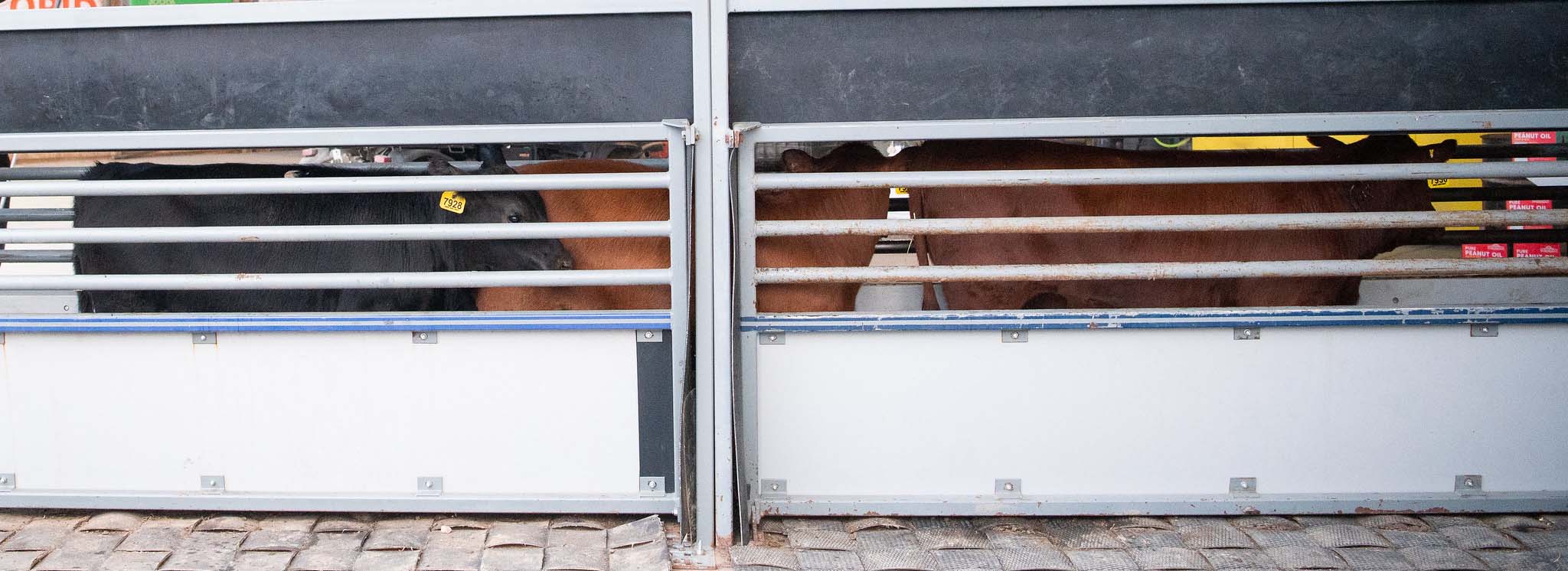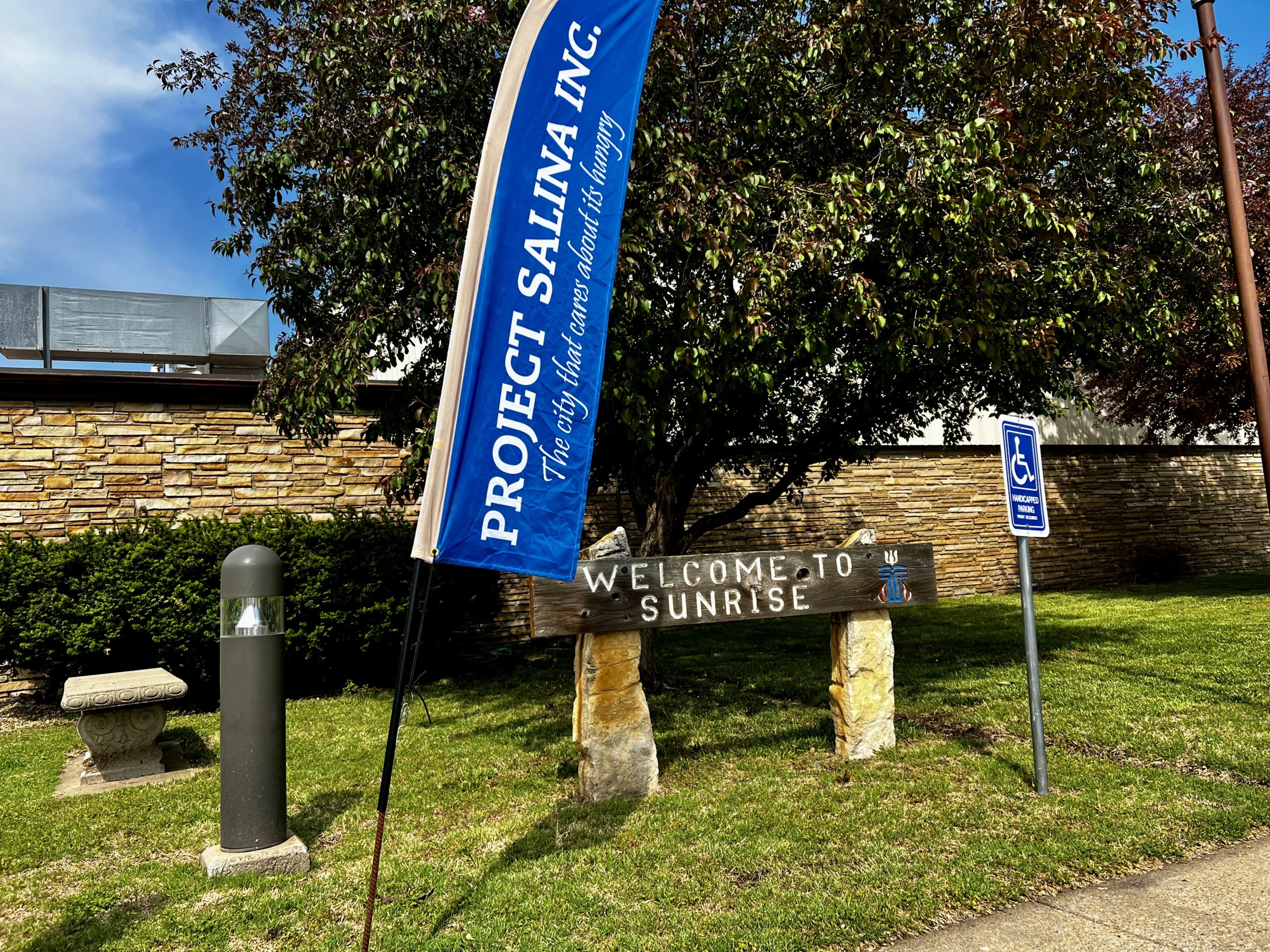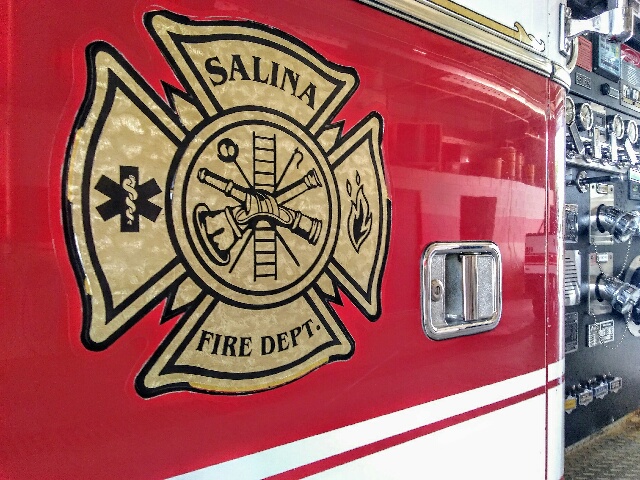Many people will agree driving a manual transmission vehicle is much more challenging than driving an automatic, leading them to opt for the easier driving experience when making a vehicle purchase.
As with the driving experience, moving cattle through the on-farm processing facilities is best done with a well-maintained pen and chute system that allows for the easy flow of the animals, say the experts at the Kansas State University Beef Cattle Institute, joined recently by guest K-State beef cattle extension veterinarian A.J. Tarpoff.
Speaking on a recent Cattle Chat podcast, the group recommended evaluating the current processing facilities before moving animals or making adjustments.
“Before processing, start with basic preventative maintenance, such as making sure the gear teeth are in order, that the movable points are well-oiled, and similar chores,” K-State veterinarian Brian Lubbers said. “Also, walk through the alleyways to make sure they are safe and are free of loose, sharp edges.”
He added: “By doing this, we can reduce the likelihood of injuries for the people and the cattle.”
Another tip is to make sure that the facilities are set up in a way that works best for the size of the cattle that are being handled.
“Think about what is the right size for the herd — how many cows will I need to move, can I change the width easily for cows versus calves? These are questions producers should be thinking through,” said K-State veterinarian Bob Larson.
As the herd’s needs change, Tarpoff said it is important to think about investing in the facilities.
“A simple, well-built straight alley with functional sorting gates that can be used for sorting, loading, and processing is one of the best investments producers can make for their cow-calf operation. It’s easy to invest in something you regularly use.” Tarpoff said.
Along with those recommendations, K-State beef cattle nutritionist Phillip Lancaster said it is important to build a facility with the labor in mind because sometimes people are moving cattle alone.
“Keep it simple. You don’t need to build an elaborate facility, but instead design a system that will work for the labor you have available,” Lancaster said.
One last tip came from K-State veterinarian Brad White.
“Before you start moving cattle through the system, walk through the alleyways to see if there is anything protruding that will cause the cattle to get injured or balk as they are being pushed ahead,” he said.



